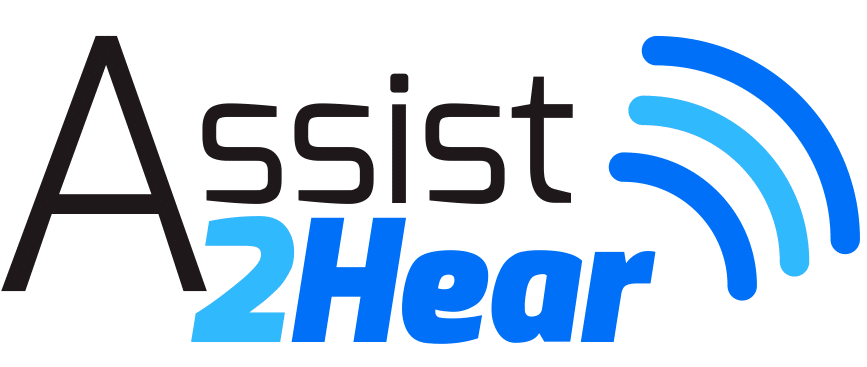
Hearing Loops for Churches
Hearing loop systems in churches make sure that every word is heard AND understood. One of the major reasons many people get hearing aids is to hear better in church. Unfortunately, large rooms with many hard surfaces like churches are not hearing friendly. Even with the best sound system, reverberation and ambient noise are a huge problem for those with hearing loss and hearing aids.
Helping seniors hear better at church
Hearing loop systems in churches literally brings the sermon straight to the ear of the listener via their hearing aid! The sound is truly nothing short of amazing. One woman in Oklahoma City recently said “It felt as if the minister was sitting right next to me!” And there are no embarrassing headsets to check out- one uses their own hearing aids that are set for their own hearing loss!
Before induction loops, it was common for hearing-impaired parishioners to lose sound quality due to poor acoustics, sound blurring or feedback. Now, churches are paving the way to help the hard of hearing by installing hearing loops. The move isn’t just helping church-goers; it’s bringing back former church-goers who stopped going due to hearing issues. Why go to church if you have to struggle to hear the Word of God? And no one wants to announce their hearing loss with cumbersome headsets!
The miracle of hearing loops
For those who have not experienced a hearing loop system in a church, a hearing loop (also known as an induction loop) is a wireless device technology that works with telecoil hearing aids (almost all new hearing aids now have telecoils) and all cochlear implants to produce clear sound without feedback or background noise. Consisting of only three parts – an amplifier, microphone and very thin loop wire – hearing loops create a magnetic field that is picked up by any t-coil equipped hearing aid and converted to audible sound.
Unlike infrared and FM wireless hearing technologies, which have limits due to varying frequencies and require a receiver (i.e. a headset or neckloop), induction loops simply need a t-coil hearing aid or a cochlear implant. (Those without t-coils can also use compatible headsets.) Essentially, a hearing loop system helps the hearing aid do its job!
Hearing loops are already improving the lives of the hearing-impaired at home, in major entertainment venues and theaters, in public places (like pharmacies, banks and stores), and perhaps of most significance to many, in church. Please contact us for a free demonstration of a hearing loop system in your church today!
If you have a hearing aid or new cochlear implant, you’ll want to be kept in the loop – the HEARING loop, that is. To learn more about hearing loops for your church, visit Service: Hearing loops for Churches.
Have you experienced a hearing loop system in church? If so, please share with us how it has improved your ability to hear the Word during worship!
